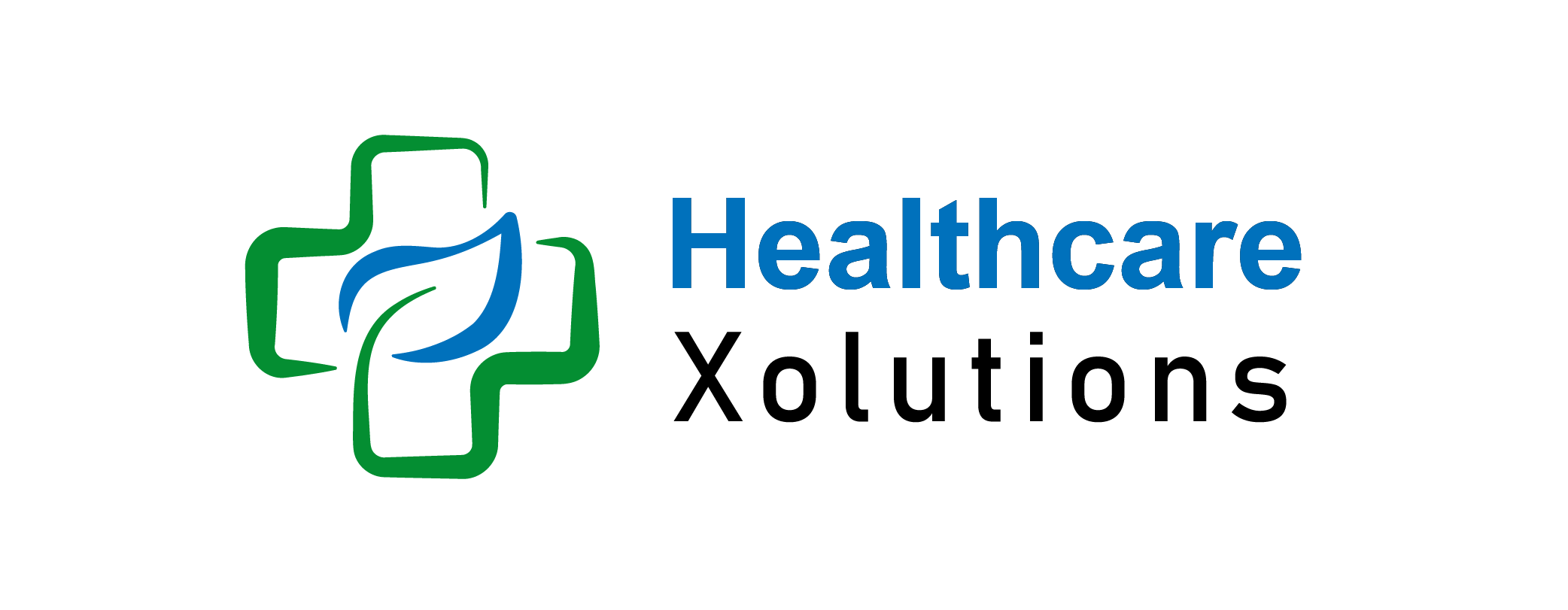ACA Marketplace Premiums vs Out of Pocket Costs

Want to know about ACA Marketplace premiums VS Out of pocket costs?
Navigating health insurance can be challenging, especially when understanding the relationship between premiums and out-of-pocket costs under the Affordable Care Act (ACA). The balance between these two factors plays a significant role in determining the overall affordability and coverage of your health insurance plan.
This article will explore the differences between ACA Marketplace premiums VS Out of pocket costs, explain how they affect your healthcare budget, and provide tips on managing them effectively.
Table of Contents:
Key Takeaways:
Definition and Difference:
- Premiums are the monthly payments made to health insurance companies to maintain coverage.
- Out-of-pocket costs include deductibles, copayments, and coinsurance that you pay when you receive medical services.
Impact on Coverage Choice:
- Higher premiums typically lead to lower out-of-pocket costs, which can be beneficial for individuals who expect high medical expenses.
- Lower premiums often result in higher out-of-pocket costs, suitable for those in good health and not expecting significant medical services.
Subsidies and Assistance:
- Premium tax credits can reduce the monthly premium cost, depending on your income and the cost of plans in your area.
- Cost-sharing reductions can lower the amount you pay out-of-pocket for medical care, but these are only available on Silver plans for eligible individuals.
Plan Categories:
- ACA Marketplace offers plans categorized into metal tiers (Bronze, Silver, Gold, and Platinum) reflecting their premium and out-of-pocket costs balance.
- Bronze plans have the lowest premiums and highest out-of-pocket costs, while Platinum plans have the highest premiums and lowest out-of-pocket costs.
Choosing the Right Plan:
- Consider both your monthly budget for premiums and your healthcare needs to choose a plan that balances out-of-pocket costs with monthly premiums.
- Evaluate your past healthcare usage and future healthcare needs to predict whether you’d benefit more from a higher premium/lower out-of-pocket plan or vice versa.
Annual Out-of-Pocket Maximum:
- All ACA plans have a cap on the total out-of-pocket costs for the year, providing financial protection against extremely high medical expenses.
What Are ACA Marketplace Premiums?
Marketplace premiums are the monthly payments you make to maintain your health insurance coverage. These premiums vary based on several factors including the plan type, your age, where you live, and the number of people in your household covered under the policy. Premiums do not cover all your medical expenses; they simply keep your policy active.
Factors ACA Marketplace Premiums VS Out Of Pocket Costs:
Under the ACA, these ACA marketplace premiums VS Out of pocket costs can vary based on several factors:
- Age: Older individuals typically pay higher premiums than younger people.
- Geographical Location: Where you live can influence premiums due to differences in the cost of living and healthcare services.
- Tobacco Use: Smokers may face higher premiums due to increased health risks.
- Plan Category: Plans are classified into Bronze, Silver, Gold, and Platinum categories. Bronze plans usually have the lowest premiums but higher out-of-pocket costs, while Platinum plans have higher premiums but lower out-of-pocket expenses.
What Are Out-of-Pocket Costs?
Out-of-pocket costs are expenses you pay yourself for medical services, aside from your insurance premiums. These include:
- Deductibles: The amount you must pay for covered healthcare services before your insurance plan starts to pay. For example, if your deductible is $2,000, you’ll need to pay the first $2,000 of your medical expenses.
- Copayments (Copays): A fixed amount you pay for certain services, like doctor visits or prescriptions.
- Coinsurance: The percentage of costs you pay for covered services after reaching your deductible. For example, if your coinsurance is 20%, you would pay 20% of the costs after reaching your deductible, and the insurance would cover the remaining 80%.
- Out-of-Pocket Maximum: The maximum amount you would pay for covered services in a year. After reaching this limit, your insurance covers 100% of the remaining costs for the year.
Choosing the Right Plan for Your Needs:
- Assess Your Health Care Needs: If you expect frequent doctor’s visits or need regular prescriptions, consider a plan with higher premiums and lower out-of-pocket costs. Conversely, if you are healthy and rarely visit the doctor, a lower premium plan might be more cost-effective, despite higher potential out-of-pocket expenses.
- Calculate Total Potential Costs: Consider not only the premium but also how much you might spend out of pocket. A plan with a low premium but high deductible could end up costing more overall if you need significant medical care.
- Consider Your Financial Situation: Analyze your budget to determine what you can afford to pay monthly versus what you might need to pay out of pocket for unexpected medical issues.
Managing Your Costs:
- Use a Health Savings Account (HSA) or Flexible Spending Account (FSA): These accounts allow you to set aside money on a pre-tax basis to pay for qualified medical expenses, which can help manage out-of-pocket costs.
- Stay In-Network: Using doctors, hospitals, and providers within your insurance plan’s network typically costs less than going outside the network.
- Understand Your Plan’s Coverage: Be fully aware of what your insurance plan covers and what it doesn’t. This knowledge can help avoid unexpected expenses.
The Relationship Between ACA Marketplace Premiums VS Out Of Pocket Costs:
ACA marketplace Premiums vs out of pocket costs costs typically have an inverse relationship. Generally, plans with higher premiums tend to have lower out-of-pocket costs, and those with lower premiums have higher out-of-pocket expenses. This relationship reflects a trade-off that individuals and families need to navigate when selecting a plan.
- High-Premium, Low Out-of-Pocket Costs: Plans with higher monthly premiums, like Gold or Platinum plans, often have lower deductibles and coinsurance rates. This can be advantageous if you expect frequent doctor visits, ongoing prescription needs, or any chronic health conditions. While you’ll pay more each month, you’ll spend less when you need care.
- Low-Premium, High Out-of-Pocket Costs: Bronze or Silver plans typically offer lower premiums but come with higher deductibles and copayments. These plans are better suited for healthier individuals who rarely visit the doctor, as the lower monthly cost can offset occasional high medical expenses.
Finding the Balance: Key Considerations:
Striking the right balance between premiums and out-of-pocket costs involves evaluating your financial situation, health status, and anticipated healthcare needs. Here are some factors to consider when choosing a plan:
- Budget: Calculate your monthly budget for health insurance and other out-of-pocket expenses. If your finances are tight, opting for a plan with lower premiums might seem more manageable. However, consider whether you can afford potentially high out-of-pocket costs if you need unexpected medical care.
- Health Condition: If you have ongoing health issues, a plan with higher premiums and lower out-of-pocket costs may be more economical in the long run, as it would reduce the total amount spent on healthcare services.
- Anticipated Medical Needs: Consider your expected medical needs for the upcoming year. Are you planning any surgeries, or do you require frequent visits to specialists? A higher-tier plan may be worth the investment if you anticipate substantial medical expenses.
- Family Size and Medical History: For families with children or individuals with a history of health issues, choosing a plan with more comprehensive coverage (higher premiums, lower out-of-pocket costs) may provide better protection against significant medical expenses.
- Subsidies and Cost-Sharing Reductions: Under the ACA, income-based subsidies can help reduce premiums, and cost-sharing reductions can lower out-of-pocket expenses for Silver plans. If you qualify for these, a Silver plan might offer the best value.
Real-Life Examples of Balancing ACA Costs:
To illustrate how to find the balance between premiums and out-of-pocket costs, here are two scenarios:
- Scenario 1: Healthy Young Adult
- John is a 28-year-old with no major health issues and a limited budget for health insurance. He opts for a Bronze plan with a $350 monthly premium and a $6,500 deductible. Although he has a high deductible, he rarely uses healthcare services, making this plan a cost-effective choice.
- Scenario 2: Middle-Aged Couple with Chronic Conditions
- Mary and Steve, a couple in their late 50s, both have chronic conditions requiring regular doctor visits and prescription medications. They choose a Gold plan with a $900 monthly premium and a $1,200 deductible. Their higher premium ensures that their frequent healthcare expenses are more manageable, minimizing their total annual healthcare spending.
Tips for Choosing the Right Plan:
- Compare Different Plan Categories: Look beyond the monthly premium. Factor in the deductible, copayments, and coinsurance. Use online tools or consult with an insurance broker to evaluate the total cost of each plan.
- Review the Provider Network: Ensure your preferred doctors and specialists are within the network of the plan you choose to avoid unexpected out-of-pocket costs for out-of-network services.
- Check Prescription Coverage: If you require specific medications, verify that they are covered under the plan’s formulary and understand any associated copays or coinsurance.
- Take Advantage of Preventive Services: ACA plans cover certain preventive services without cost-sharing. Use these services to stay healthy and potentially reduce future healthcare costs.
Conclusion – ACA Marketplace Premiums VS Out Of Pocket Costs:
Finding the right balance between ACA Marketplace premiums vs out of pocket costs is crucial to ensuring that your health insurance plan meets both your financial and healthcare needs. It involves understanding the trade-offs, assessing your health and budget, and making an informed choice. By considering factors such as anticipated medical expenses, plan categories, and available subsidies, you can select a plan that offers the best value and protection for you and your family. Navigating the health insurance landscape can be complex, but the right balance can lead to more affordable and effective coverage, allowing you to focus on maintaining your health without worrying about unexpected medical expenses.
